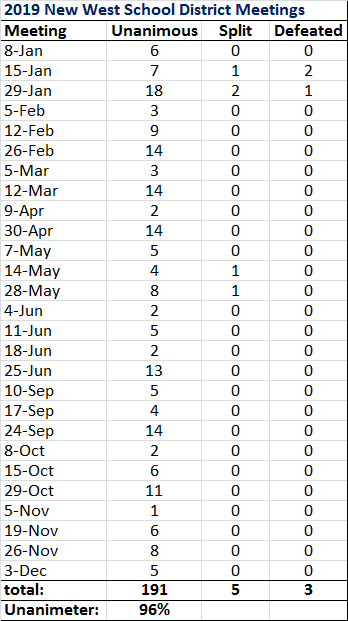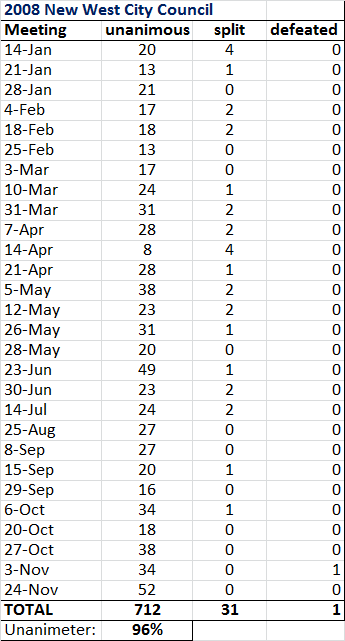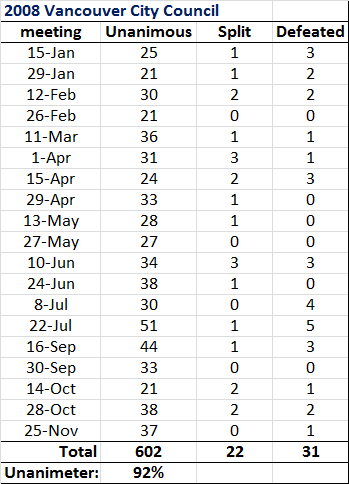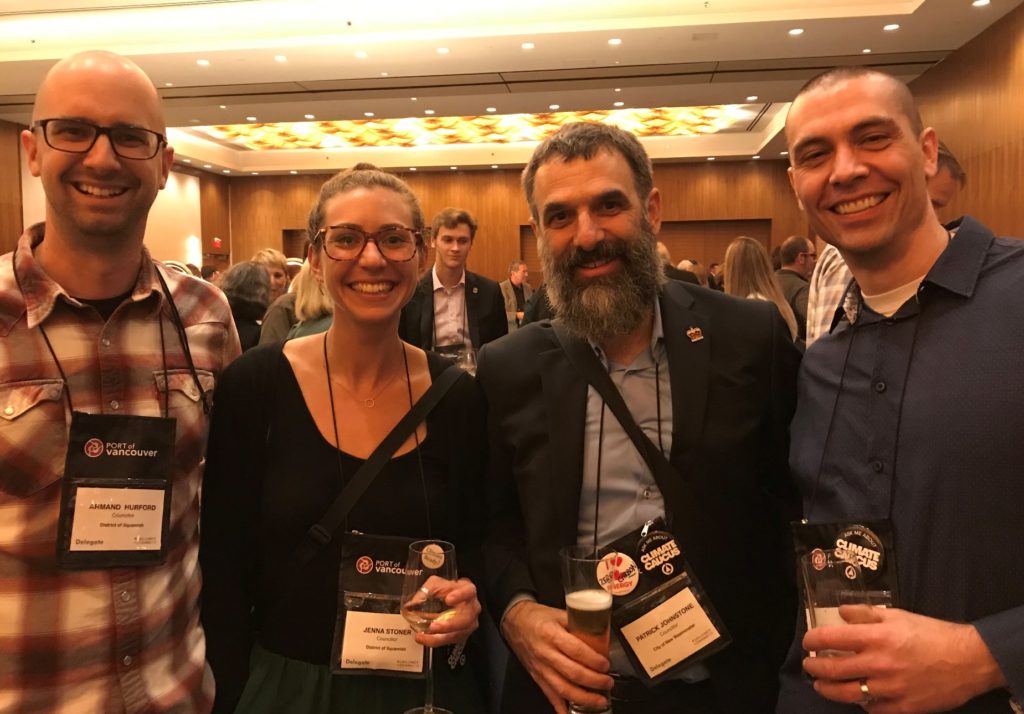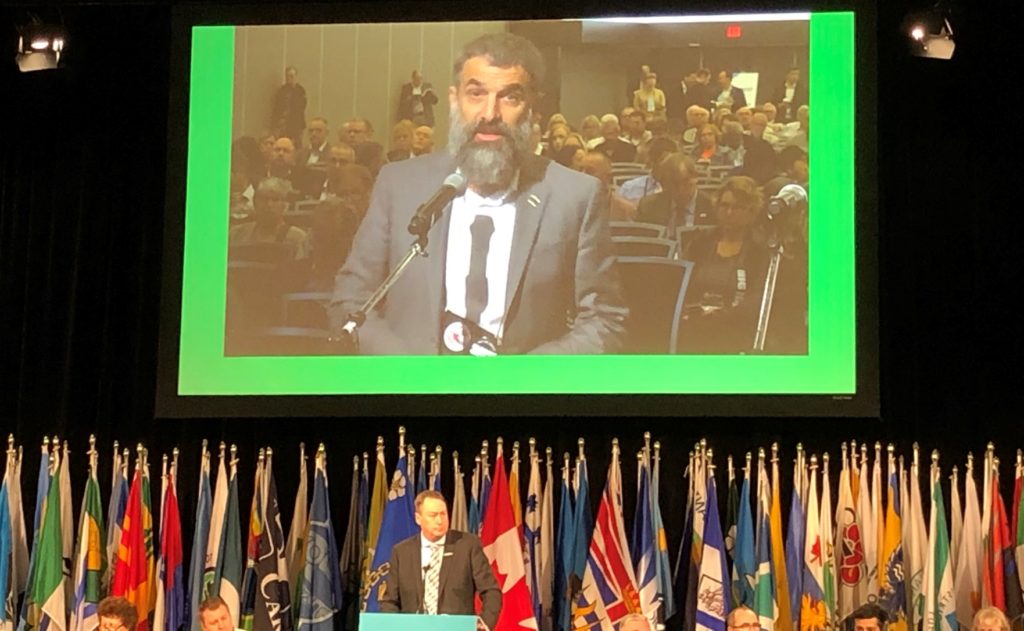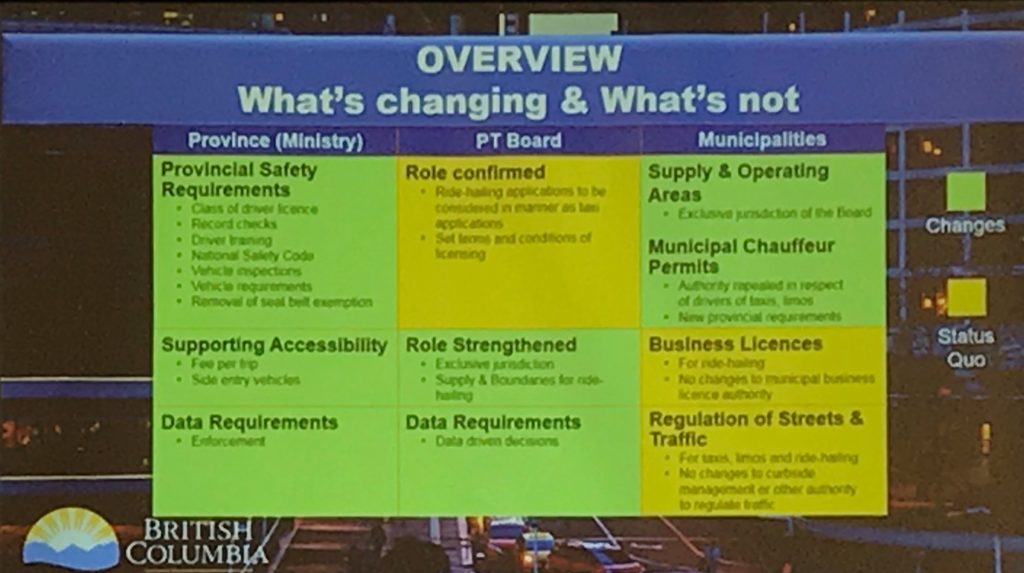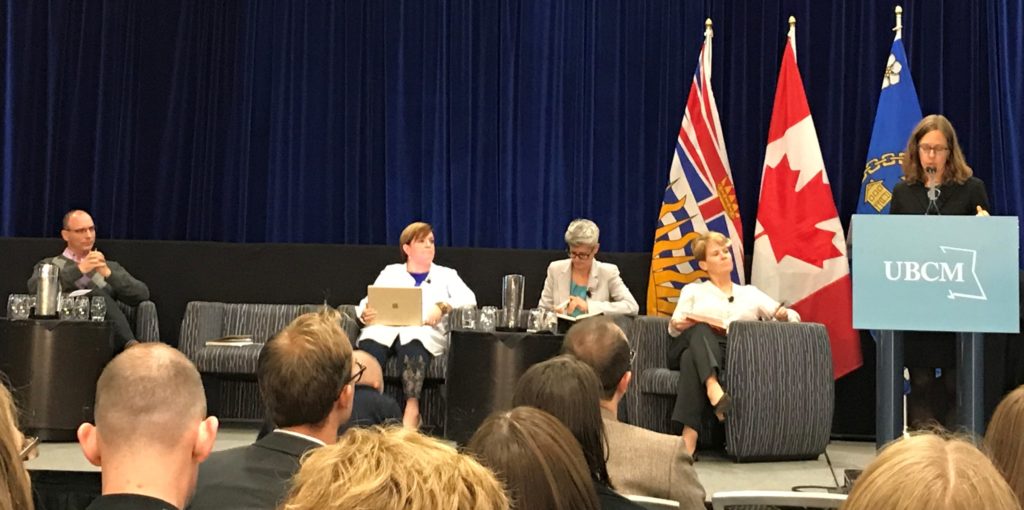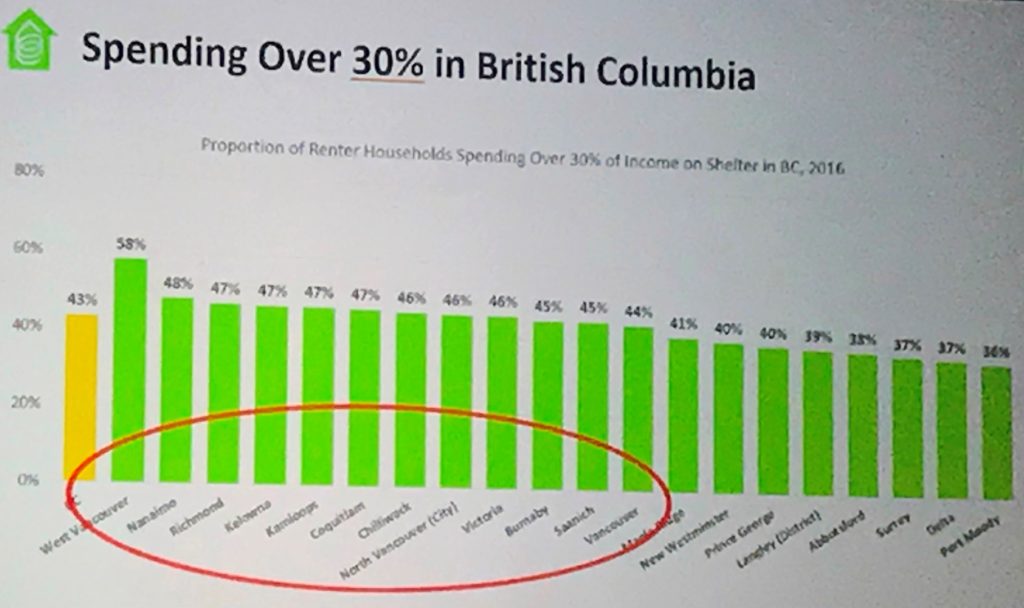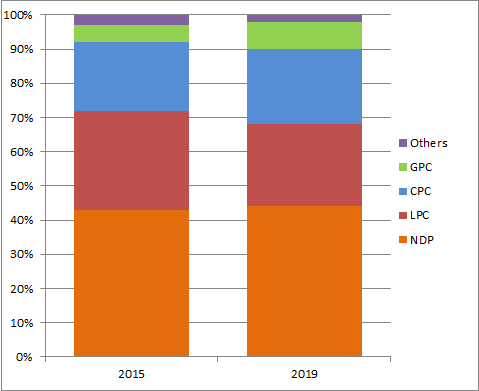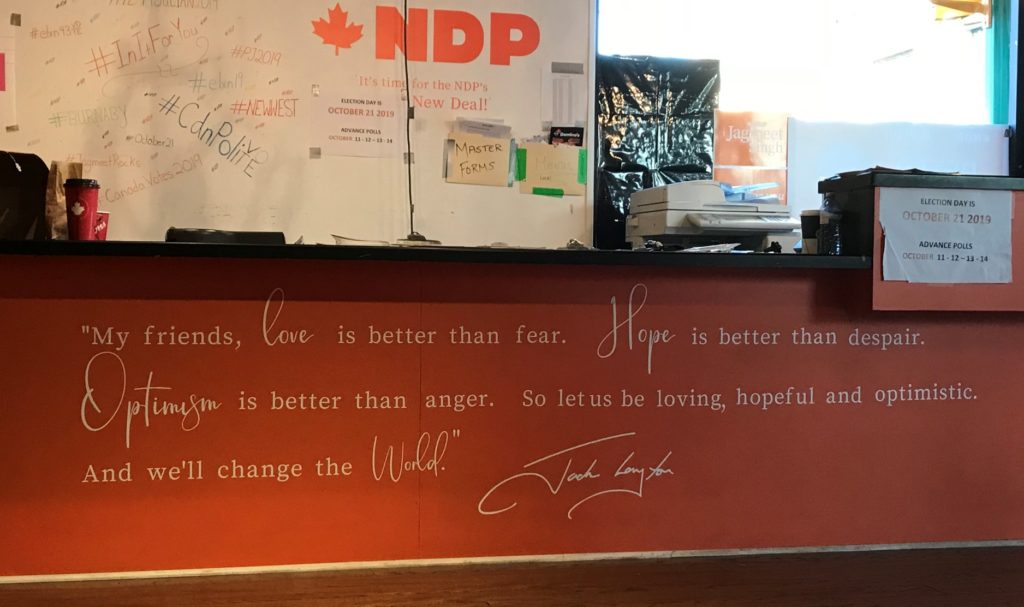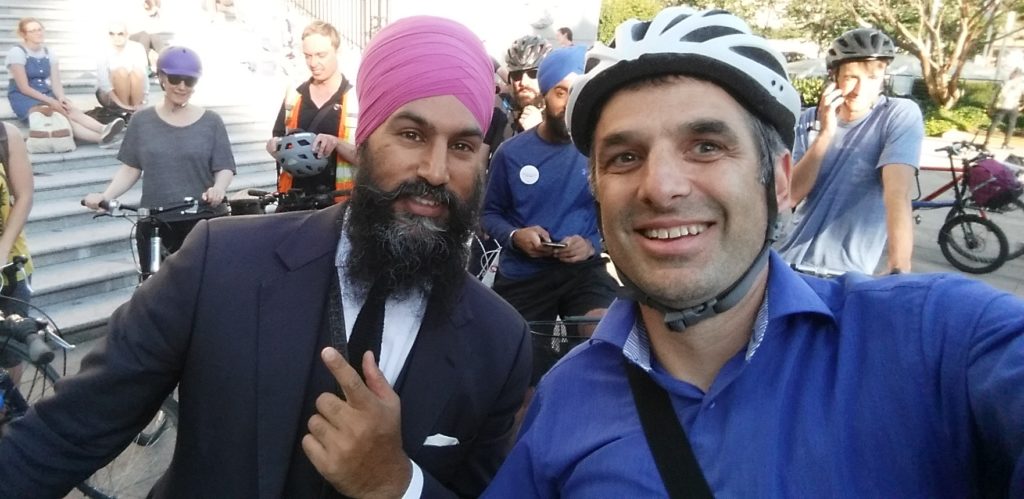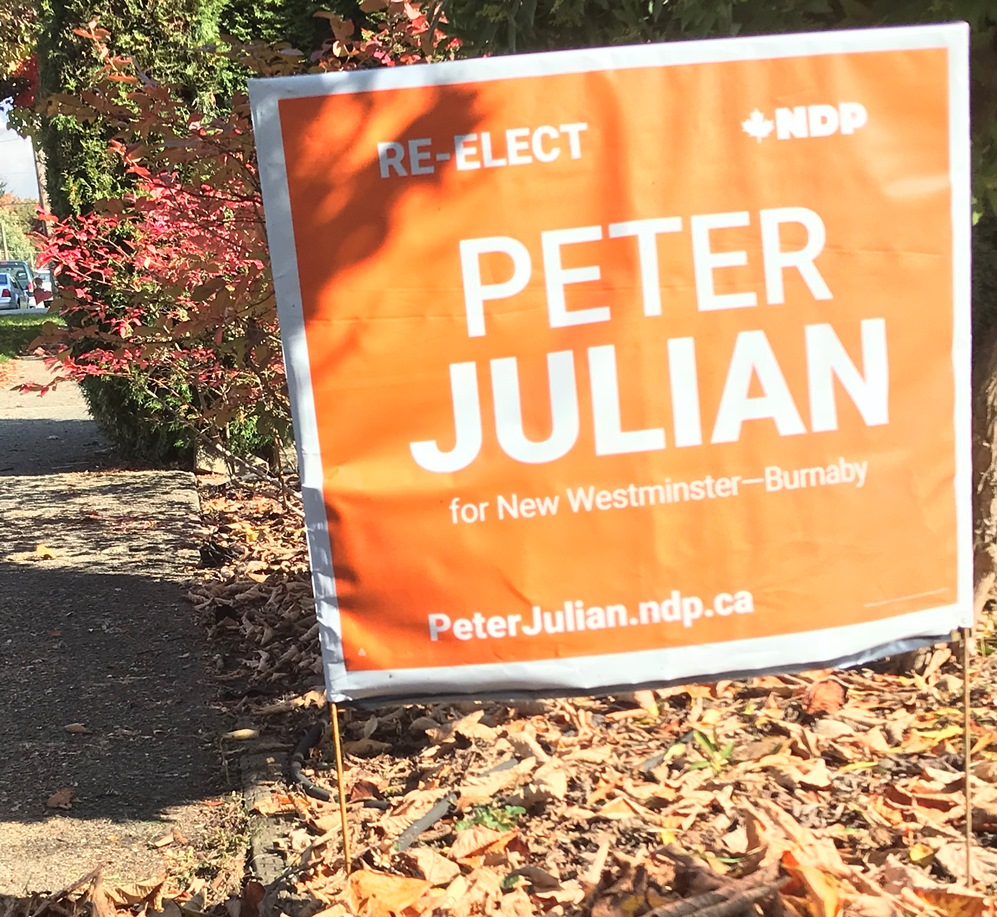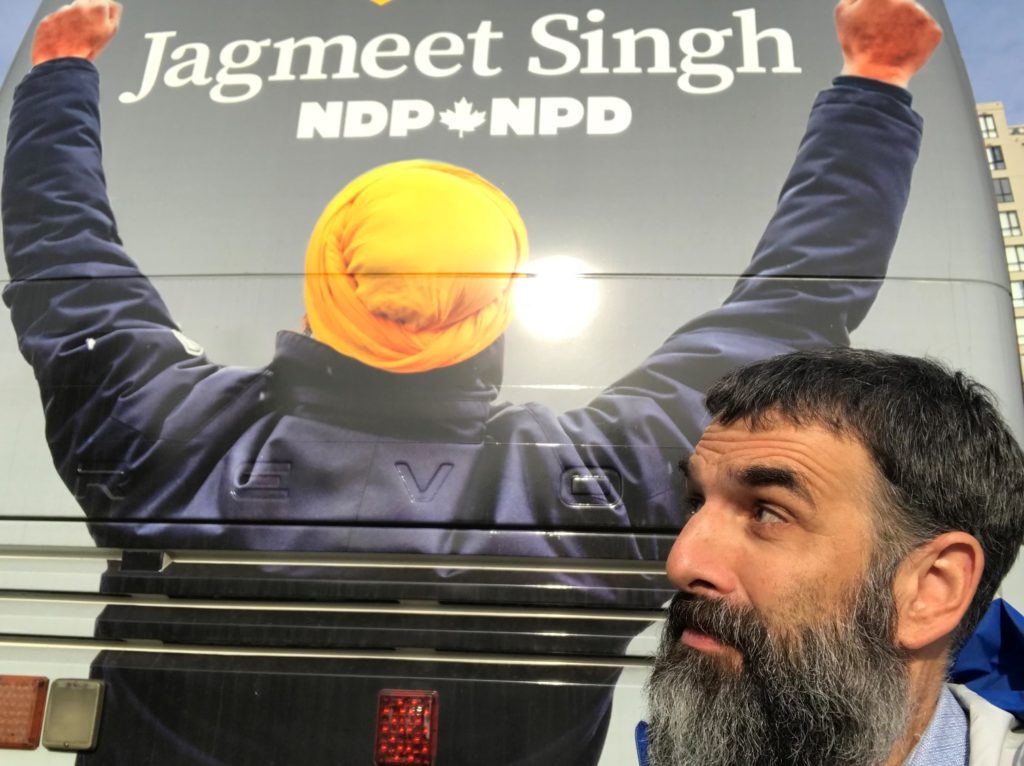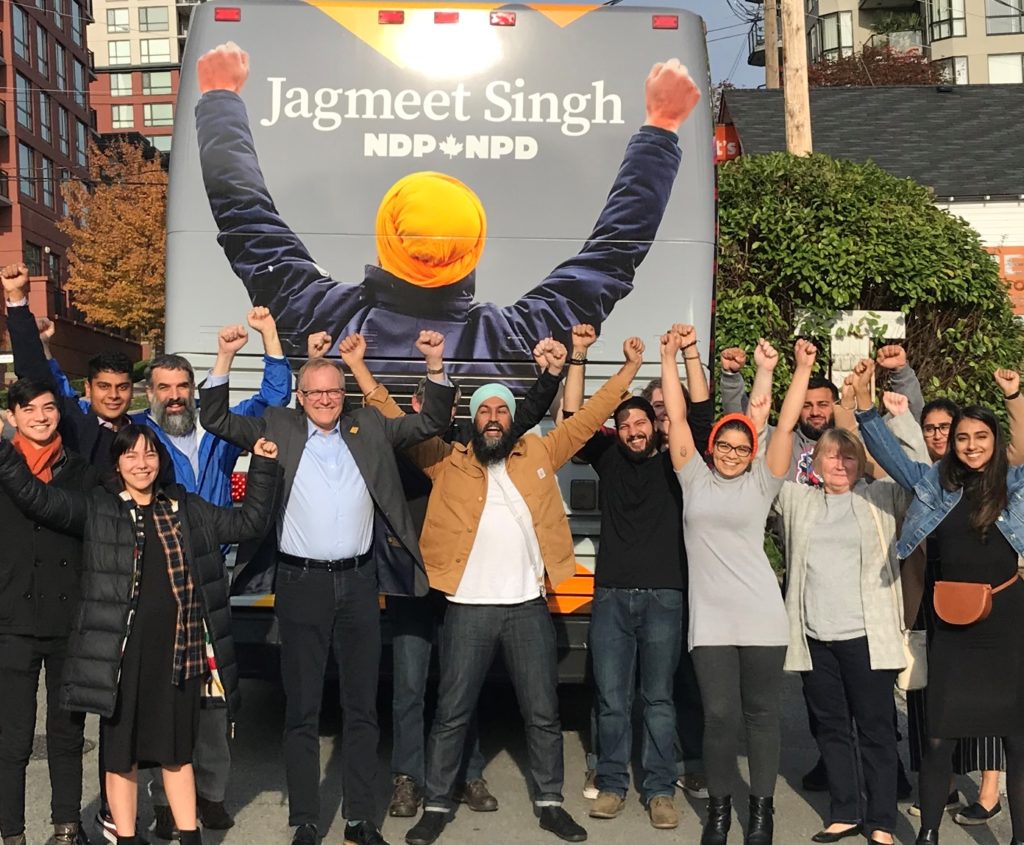As you may have heard, the current recycling centre adjacent to the Canada Games Pool has to close, and the services are being relocated to United Boulevard. For the best part of a year there has been a lot of discussion (mostly on social media) about what this means for our City’s commitment to recycling. Even the Record took the unprecedented step of making something that hasn’t actually happened yet their top news story of 2019.
Last Monday, there was both a report to Council from our engineering department on developments in the city-wide recycling program, and a number of people came to Council to delegate on the imminent closure of the recycling depot. Many of them came to speak in support of a an on-line petition promoted by a local political party asking that the current recycling centre be kept open. I find on-line petitions are a terrible way to gauge people’s opinions for several reasons, but this is an entirely different blog that I will maybe write someday. For now, I would rather address the report that came to Council and what I heard at the delegations.
First off, we need to be clear about why the current facility is closing. Through two years of consultation on the replacement of the CGP, it was clear that the community wanted the existing facilities to remain open and operational until the new centre is opened in order to maintain continuity in programs and offerings. This decision fundamentally shaped the new facility and the site plan.
Those conversations around the new facility answered the big questions (25m or 50m pool, one or two gyms? Daycare? Meeting rooms? etc.) and we settled on a fairly large structure – over 100,000 square feet. After a tonne of work by the architects and engineers, it was determined that the facility would not fit well on the parking lot to the east of the Canada Games Pool, and due to some utility issues and uncertain ground conditions related to the old Glenbrook ravine (which used to extend all the way to 8th avenue!), the only place where this large a facility fits is snuggled alongside the existing pool and community centre on the west side:
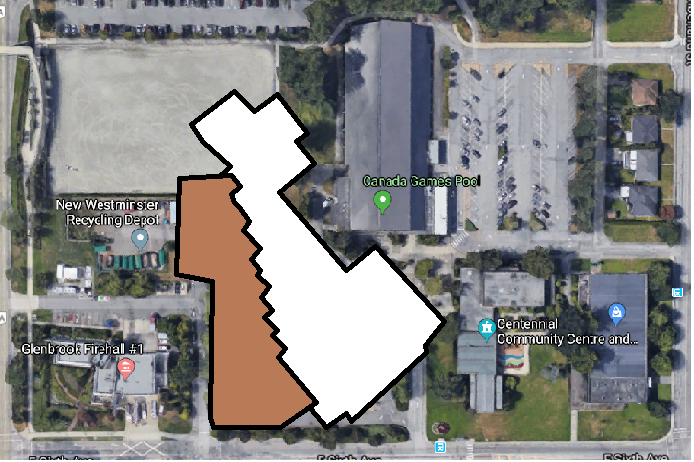
That means that the front parking lot will need to be excavated, meaning for two years the main road access to the current recycling depot would be a hole in the ground then an active construction site. Again, the engineers looked at a few options including shifting the one-way road adjacent to the fire hall to two lanes and providing temporary direct access off of McBride, but no solution was found that would meet safety standards our engineers demand.
This speaks a bit to the problem with on-line petitions. Several hundred people in New West signed a petition asking the City to do the one thing we could not do, unless we were going to turn our back on 2 years of public consultation and more than a year of architecture and engineering work. The author of the petition knew this, which is another example of how disingenuous politics are good at creating a scene, but not at finding solutions. Finding solutions is harder work.
Some have suggested that the recycling facility (even temporarily) be moved to the east parking lot. Staff have (of course) looked at this, and from what I hear, I cannot support that idea. The east parking lot has about 120 parking spots to support a recreation facility with more than a thousand visits a day, and a curling rink with a capacity of about 100. A parking spot for every 10 users is a very, very low number, and this is already certain to cause significant neighbourhood and user group stress during the building of the new facility. Moving even a shrunk-but-still-workable recycling depot to that spot would mean removing about half of those remaining spots. This challenges our earlier commitment to keeping the current facility functioning and accessible during constructions.
For all of the political hay-making and quoting of Joni Mitchell, this is just a question of geometry.
So the status quo is not viable. What do we do now? Some of the delegates provided some good ideas, and I think that it was useful to hear what types of recycling people are most stressed about. I think for many people in the City, the new joint recycling depot on the Coquitlam border with more services than our current facility, longer hours, and easier access to SkyTrain, will provide more convenience. I also recognize that for some people, this change represents a change to their established patterns and extra inconvenience.
We have not really had a robust conversation with the community about what that change looks like for them, and I recognize that was a communications and engagement failure on the City’s part. Over the last couple of months a few people have asked me questions about recycling, I have met a few for coffee, replied to some e-mails, tried to listen and learn (and have occasionally reported out on those conversations). During the delegations last Monday we heard a few interesting ideas, and there were also several people who came to delegate to say they fully supported the change. People had different recycling needs – some spoke of lawn clippings, some of Styrofoam and glass. Its clear most wanted to have a deeper discussion about what role recycling plays in our community, and asking for resources to make not just the City’s recycling system work better, but to assure our waste management systems are meeting our climate and sustainability goals.
Council heard that call for a better discussion, and staff heard it as well. The staff report that came to Council last Monday outlines a series of opportunities to provide the City some feedback and ideas on recycling (open houses, on-line polls), and I am spreading hearing rumours of the NWEP “Trash Talkers” group getting together and working to raise public awareness and gather ideas about the barriers to waste diversion, and strategies to address them.
